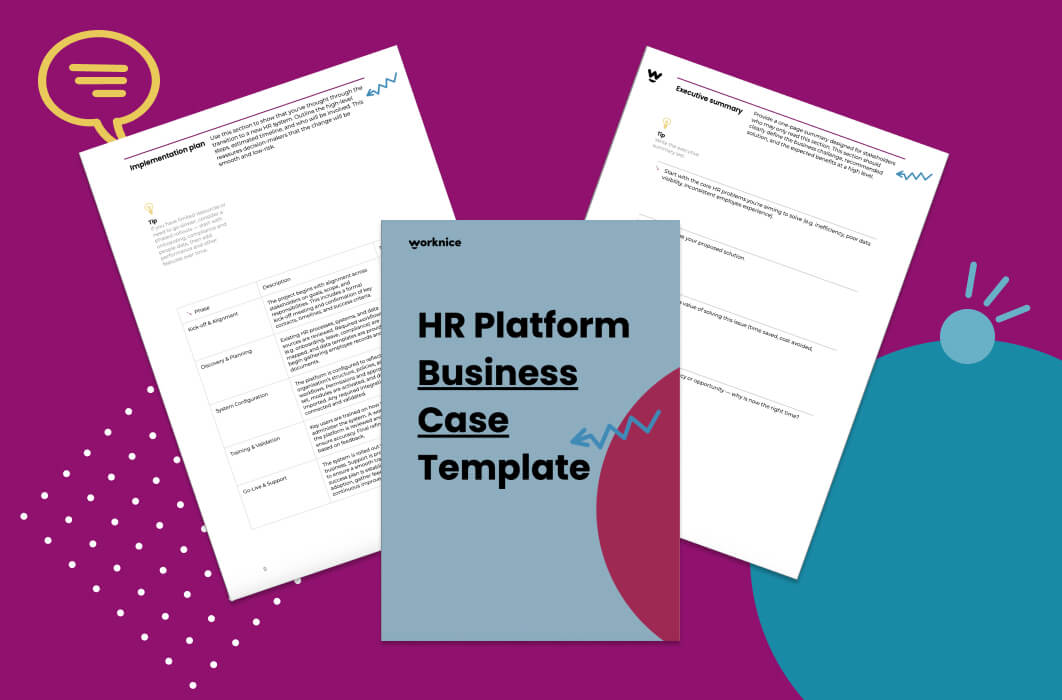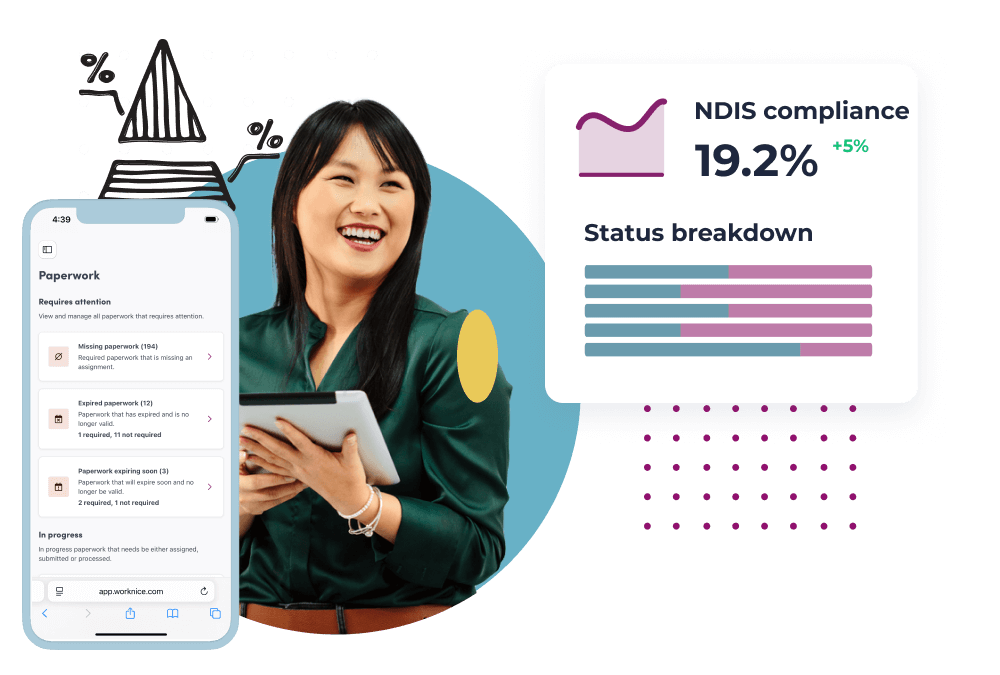Choosing the right HR platform can unlock real business value—but getting buy-in isn’t always easy. Whether you’re tired of spreadsheets or struggling to unify scattered tools, a compelling business case for HR software is the key to moving forward with confidence.
Here’s how to craft a winning HR software business case, backed by clear strategy, financial logic, and executive-ready language.
Download Your Business Case Template?
Why Your Current HR Setup Might Be Holding You Back
Many HR teams operate with a patchwork of manual processes and outdated tools. This creates bottlenecks in onboarding, inconsistencies in compliance, and hours lost to admin tasks.
Typical red flags include:
- New hire onboarding taking 5+ hours per person
- Compliance tracked in spreadsheets with no audit trail
- HR data siloed across different systems
These issues don’t just affect HR—they impact productivity, increase compliance risk, and damage the employee experience.
Key Features to Look For in Modern HR Software
Not all HR systems are built equal. When comparing solutions, look for platforms that provide:
- Modular design: Configure features to fit your business
- Open integrations: Connect easily to payroll, ATS, and more
- Employee self-service: Reduce admin and boost engagement
- Scalable workflows: Grow with your organisation over time
Platforms like Worknice offer flexibility without vendor lock-in, making them ideal for businesses that want control, not compromise.
Comparing HR Software Options: What to Include
Your business case should show stakeholders you’ve explored the options. Consider:
- All-in-one HR suites
- Best-of-breed platforms (like Worknice + ATS)
- Maintaining the status quo
Include the pros and cons of each, such as implementation effort, user experience, and replatforming risk. A side-by-side table works best here.
Estimating the ROI of HR Software
Even rough financials can make a strong impact. Start by estimating:
- Time saved (e.g. onboarding, leave management, reporting)
- Admin cost reductions
- Risk mitigation or compliance cost avoidance
You don’t need to be exact—just transparent. For example:
“We estimate saving 20 hours/month of HR admin time, worth ~$1,000 in value.”
You can also calculate breakeven periods or payback timelines to strengthen the case.
Implementation Plan: What Stakeholders Want to See
Reassure decision-makers by showing how the transition will work. A solid plan includes:
- Kick-off and stakeholder alignment
- Process mapping and system configuration
- Training and testing
- Go-live and post-launch support
If you have limited resources, suggest a phased rollout—starting with onboarding, compliance and people data, before expanding to performance or engagement features.
Common Risks When Implementing HR Software (And How to Handle Them)
Every project has risks. The trick is to show you’ve thought them through:
- Integration complexity → Choose platforms with prebuilt connectors
- Change resistance → Use internal champions and phased adoption
- Budget creep → Opt for platforms with scalable pricing
Framing risks with mitigation strategies builds trust and shows leadership maturity.
The Case for Action: Why Now Is the Right Time
HR is no longer just about admin—it’s about experience, compliance, and strategic alignment. The cost of waiting can be high, with rising employee expectations and growing regulatory pressure.
A modern HR platform reduces manual work, improves visibility, and frees up your team to focus on what matters most—your people.
Download our free HR Platform Business Case Template to streamline your internal approvals. It’s designed to help HR leaders present a compelling, executive-ready case to decision-makers—fast.


